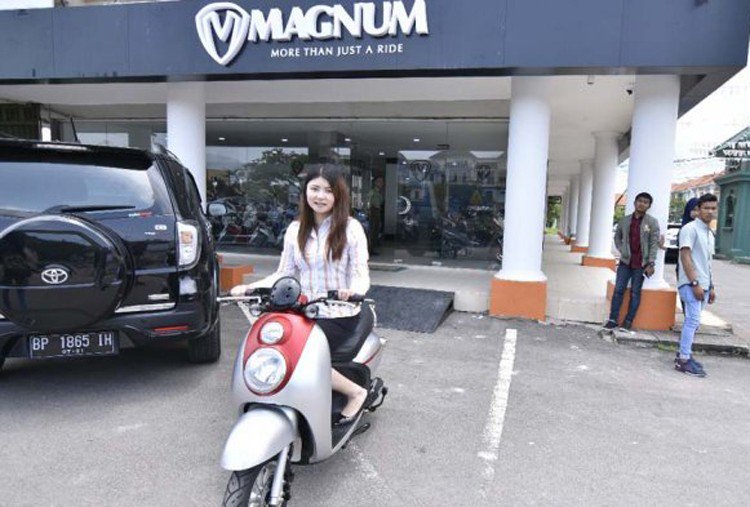Motorcycle pioneer Erik Buell launches new brand of electric motorcycles “Fuel”
Renowned motorcycle designer Erik Buell today unveiled his new brand of electric motorcycles. Along with a futuristic-looking new electric motorcycle design, the company has also launched a tech-infused e-bike.
Erik Buell is known in the industry as a pioneer in motorcycle racing technology. A former Harley-Davidson engineer, he founded Buell Motorcycles, which was eventually acquired by Harley-Davidson.
Today, the prolific designer unveiled his latest venture, electric mobility brand Fuell.
But Buell is not going it alone.
He teamed up with legendary engineer Frédéric Vasseur, Alfa Romeo Formula 1 team principal and founder of Spark Racing Technology (which builds Formula E drivers).
With Vasseur’s EV experience and Buell’s motorcycle design proficiency, the team represents a powerful mix of skills needed for any new e-mobility startup.
Together, they’ve unveiled two new electric rides, the Flow Electric Motorcycle and the Fluid Electric Bike.
Fuell Flow Electric Motorcycle
The Fuell Flow electric motorcycle will be available in two variants: 11 kW (14.8 hp) or 35 kW (47 hp).
Despite the founders’ racing pedigrees, the Flow electric motorcycle is designed primarily for urban applications. This has been a common theme in many new electric motorcycle unveilings of late.
A rear hub motor is mounted in a single-sided swingarm with an off-center rear monoshock.
While the hub motor can add unsprung weight that would be less than desirable for high performance racing, its advantage in a commuter is that it frees up cargo space in the bike. The Flow is expected to have 50 liters (1.75 cubic feet) of cargo space. That’s huge in the motorcycling world, where space for a pair of gloves or sunglasses is often considered a luxury.
Charging should also only take 30 minutes on a public 20kW charger.

The Flow appears to lack a foot brake, but also has an empty left bar where a rear handbrake would otherwise rest, meaning a single right brake lever could control the front hydraulic disc brake and braking regenerative at the back.
Fuell says the Flow should start at $10,995.
Fuell Fluid Electric Bike
Fuell’s new e-bike is innovative in itself.
It sports not one but two 500 Wh batteries for 1 kWh of total energy storage on board. Fuell claims that should be enough for 125 mi (201 km), although we assume that’s in ECO mode with pedal assist. Even so, it’s a serious range.
The e-bike has a mid-drive motor that uses a belt drive to transfer 100Nm of torque to the rear wheel.

The Fuell Fluid will be available in 20 mph (32 km/h) and 28 mph (45 km/h) versions. The bike should start at $3,295. That’s high compared to some $500 e-bikes we’ve tested, but actually quite reasonable considering the high battery capacity, mid-drive motor, and belt drive. Other belt-drive bikes we’ve ridden cost even more and don’t have nearly the same aesthetics as the Fuell Fluid.
Fuell plans to have a fully functional website by next month when they will start taking orders for the fluid. The company plans to begin deliveries of the Fluid e-bike this year. Don’t expect to see a Fuell Flow electric motorcycle in your garage until at least 2021.
What do you think of Fuell’s new electric two-wheelers? Let us know in the comments below!
FTC: We use revenue-generating automatic affiliate links. Continued.
Subscribe to Electrek on YouTube for exclusive videos and subscribe to the podcast.

